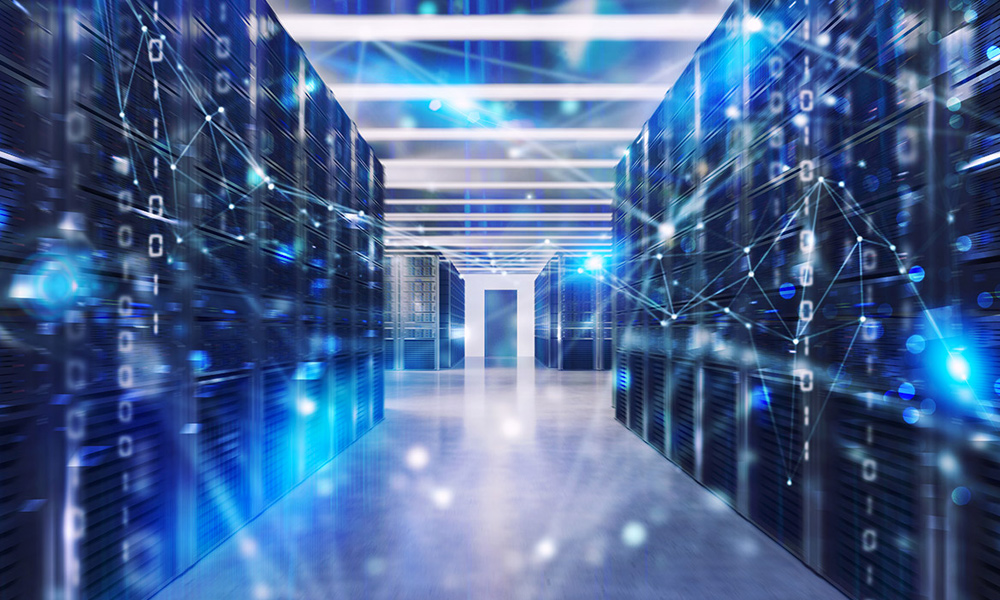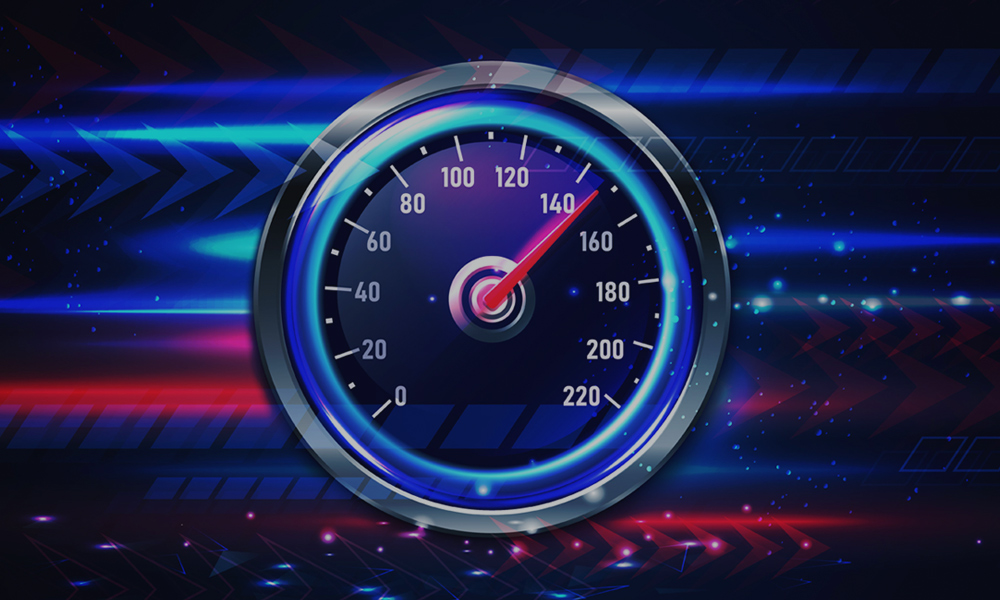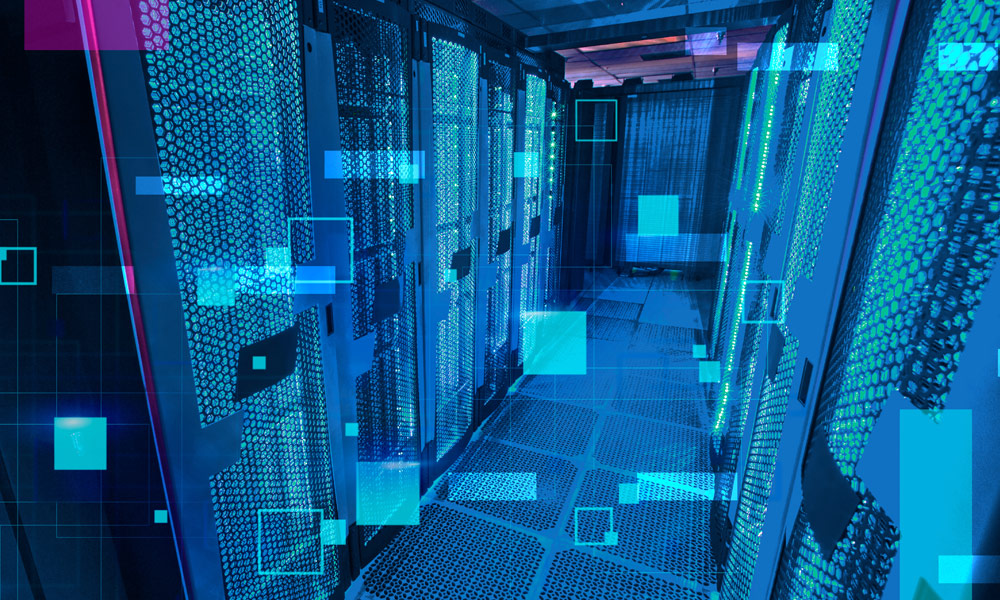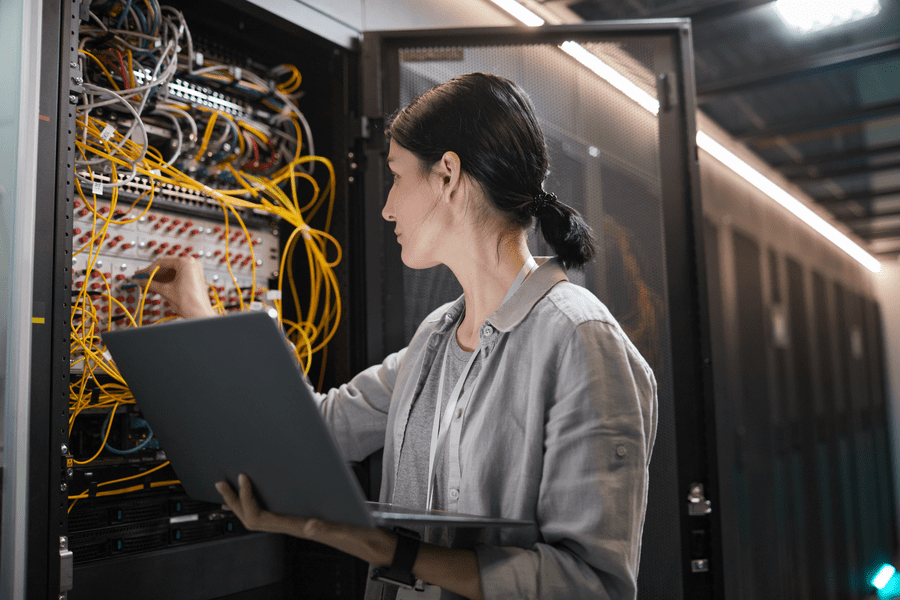The Role of Hyperscale Data Centers in Driving Indonesia’s Digital Economy Growth

The growth of digital economy can be seen in almost every country across the globe, including Indonesia. According to a recent study by Google, Temasek, and Bain & Company, Indonesia's digital economy has the potential to reach USD 124 billion or approximately IDR 1.700 trillion by 2025. In one of her speeches this year, Indonesia’s Minister of Finance, Sri Mulyani added to this fact, "(The increase) from USD 44 billion (in 2020) to USD 124 billion is a tremendous potential. This means the economic potential will increase threefold owing to the digital infrastructure.”
According to The Digital Competitiveness Index 2021 by East Ventures, there are two major things that drive Indonesia’s digital economy and competitiveness: the increased spending for ICT — which indicates an increase in the use of digital services and transactions — and infrastructure development — with the rapid growth of the country’s data center market as one of its markers.
Indonesia is currently the second largest data center market among the countries in Southeast Asia. According to GlobeNewswire, the country’s data center market was valued at USD 1.785,2 million in 2020 and is expected to reach USD 3.354,41 million by 2026. There are currently around fifteen data center service providers operating through 40 data center facilities. Seeing the rapid growth of the country’s digital economy, some of these providers have expanded their facility range by establishing hyperscale data centers (HDCs). How do HDCs support the country’s digital economy in comparison to other data centers?
HDCs can support massive digital transformation.
A digital transformation is powered by data at its heart, so data centers play a key role in the process. HDCs, as a more modern, powerful form of a data center infrastructure, offers companies better digital transformation support: cutting edge hardware to handle growing data volumes; greater yet more efficient power and cooling for sustainability; and new technologies to guarantee operational efficiencies and lower downtime risk.
HDCs can handle high-volume traffic.
According to Cisco, by 2023, there will be 5,3 billion total Internet users (66% of the global population). The number of people, applications, and IoT devices connecting to the Internet will continue to drive demand for data-center-based computing and connectivity; if it keeps multiplying, the amount of traffic generated will be massive. With at least 500 cabinets and 5.000 servers linked with an ultra-high speed, high fiber count network, HDCs come as an enabler. Designed for handling high-volume traffic, the existence of HDCs has paved the way for more and bigger technological advances which will boost the growth of the digital economy.
HDCs can handle heavy workloads.
Websites and applications we see today aren’t as simple as they used to be. Today’s online destinations — social media platforms like TikTok and Instagram; OTT and VOD platforms like Spotify, Netflix, and YouTube; or even customer apps like Gojek and Tokopedia — are much more complex and offer a broader range of features and capabilities which require multiple servers to execute even a simple request. HDCs have the capacity to handle heavy storage and computing workloads to support complex apps with sophisticated features and functionality. With their capabilities, HDCs allow businesses to ensure their customers’ satisfaction by creating a better digital experience for them.
Adding to the list of HDCs in Indonesia, neuCentrIX is currently building its first HDC to prove its commitment to support companies of various industries by optimizing their performance in the digital era and boost the country’s digital economy. The HDC will also carry a concept of a green data center as a proof of neuCentrIX’s commitment and efforts in promoting sustainability which has been a vital issue in the digital era.

















